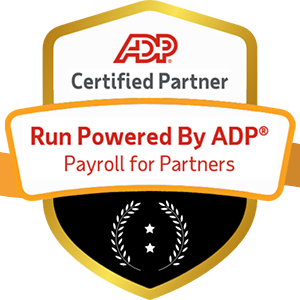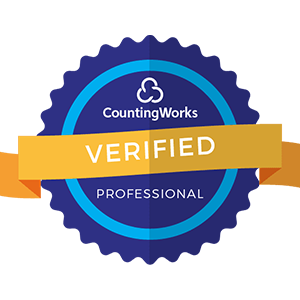
Introduction: In today's increasingly digital world, Human Resources (HR) departments handle a vast amount of sensitive employee information. From personal details to performance records, the data collected and stored by HR is not only critical for business operations but also subject to strict privacy regulations. As organizations embrace technology to streamline their HR processes, ensuring the security and confidentiality of this data has become a top priority. In this article, we'll explore the challenges of safeguarding HR data in the digital era and provide actionable insights to help you navigate this complex landscape.
HR data is among the most sensitive information an organization holds. It includes personally identifiable information (PII) such as names, addresses, social security numbers, and financial details. Additionally, HR records contain performance evaluations, disciplinary actions, and health information protected under various laws and regulations, such as HIPAA in the United States. A breach of this data can have severe consequences, including:
Non-compliance with data privacy regulations can result in hefty fines and legal action against the organization.
Data breaches erode trust and can tarnish an organization's reputation, leading to a loss of business and difficulty attracting top talent.
When employees feel their personal information is not secure, it can lead to a lack of trust and decreased job satisfaction.
Navigating the complex web of data privacy regulations is a critical aspect of safeguarding HR data. Some key regulations to be aware of include:
General Data Protection Regulation (GDPR): This EU regulation sets strict guidelines for the collection, storage, and use of personal data, with severe penalties for non-compliance.
California Consumer Privacy Act (CCPA): Similar to GDPR, this state-level regulation grants California residents the right to know what personal data is being collected and how it's being used.
Health Insurance Portability and Accountability Act (HIPAA): This U.S. law establishes national standards for protecting sensitive patient health information.

One of the most effective ways to reduce the risk of data breaches is to collect and store only the information that is absolutely necessary. By minimizing the amount of data held, organizations can limit the potential impact of a breach. This principle is at the core of many data privacy regulations, including GDPR.
Implementing strict access controls is crucial for protecting HR data. This involves:
Encrypting HR data, both at rest and in transit, is a fundamental security measure. By using strong encryption algorithms, organizations can protect sensitive information from unauthorized access, even if a breach occurs. This is particularly important when data is stored in the cloud or transmitted over public networks.
Human error remains one of the leading causes of data breaches. Regular employee training on data privacy best practices, such as strong password hygiene, identifying phishing attempts, and proper data handling procedures, is essential for maintaining a robust security posture.
In today's interconnected business environment, HR data is often shared with external vendors and service providers. Conducting thorough due diligence on these third parties and ensuring they adhere to stringent data privacy and security standards is critical. This includes regular audits, contractual obligations, and ongoing monitoring.
Despite best efforts, data breaches can still occur. Having a well-defined incident response plan is crucial for minimizing the impact of a breach. This plan should outline clear roles and responsibilities, communication protocols, and steps for containing and mitigating the incident. Regular tabletop exercises can help ensure the plan is effective and up-to-date.
While technology has introduced new challenges in safeguarding HR data, it also offers powerful solutions for enhancing privacy and security. Some key technologies to consider include:

Ultimately, safeguarding HR data requires more than just technological solutions and policies. It demands a fundamental shift in organizational culture. By embedding privacy and security into the fabric of the organization, HR leaders can create an environment where protecting sensitive data is a shared responsibility.
Some key strategies for fostering a culture of privacy include:
Leadership Buy-In: Ensuring that senior leadership understands the importance of data privacy and actively supports initiatives to protect HR data.
Privacy by Design: Integrating privacy considerations into all aspects of HR processes and systems, from the ground up.
Ongoing Communication: Regularly engaging employees on the importance of data privacy and their role in protecting sensitive information.
Positive Reinforcement: Recognizing and rewarding employees who demonstrate a commitment to data privacy best practices.
Safeguarding HR data in the digital era is a complex and ongoing challenge. By understanding the regulatory landscape, implementing best practices, leveraging technology, and fostering a culture of privacy, organizations can effectively navigate this critical issue. As the guardians of some of the most sensitive employee information, HR professionals have a unique responsibility to lead the charge in protecting this data. By staying informed, vigilant, and proactive, they can ensure that their organizations remain compliant, secure, and trusted stewards of employee information in the digital age.


